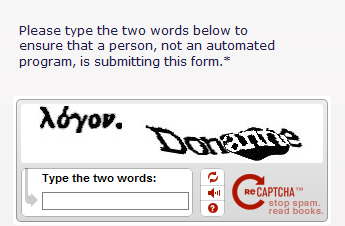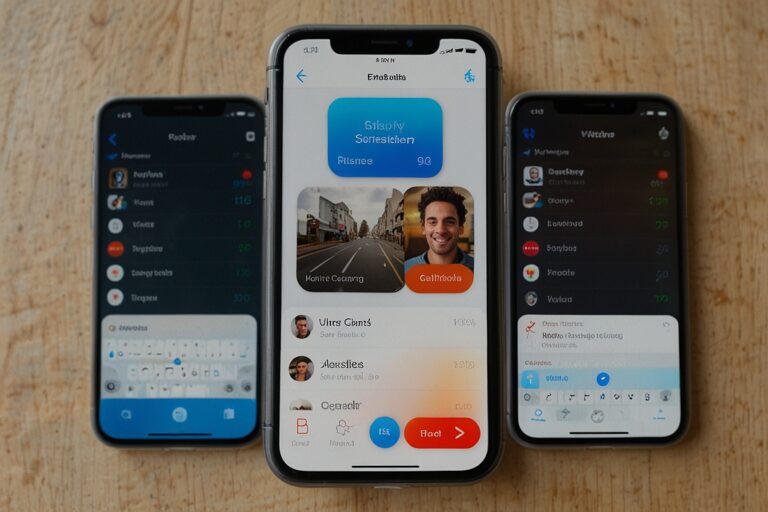
AI uses human-like vision understanding to defeat CAPTCHA
Researchers at Vicarious managed to prove in the paper published in the journal Science that artificial intelligence can fool CAPTCHAs.
CAPTCHA stands for completely automated public Turing test to tell computers and humans apart. The system was created by researchers at Carnegie Mellon University in 2000. CAPTCHAs are solved by millions of web users every day.

“Learning from few examples and generalizing to dramatically different situations are capabilities of human visual intelligence that are yet to be matched by leading machine learning models,” researchers at Vicarious wrote in the paper “A generative vision model that trains with high data efficiency and breaks text-based CAPTCHAs” published in the journal Science. “By drawing inspiration from systems neuroscience, we introduce a probabilistic generative model for vision in which message-passing based inference handles recognition, segmentation and reasoning in a unified way.”
As early as 2013, the researchers at Vicarious already announced that its AI managed to fool CAPTCHAs. Vicarious told MIT Technology Review in October 2013 that its AI managed to fool CAPTCHAs despite the absence of training the system with mountains of data. It also managed to fool the CAPTCHAs without the need of a lot of computer power. The company said that its AI mimics the human brain’s ability to process visual information and recognize objects.
Researchers at Vicarious wrote in the paper published in the journal Science that “websites should move to more robust mechanisms for blocking bots.”
Vicarious co-founder D. Scott Phoenix told MIT Technology Review that the purpose of its AI goes beyond CAPTCHAs. “Anything people do with their eyes right now is something we aim to be able to automate,” he said.





